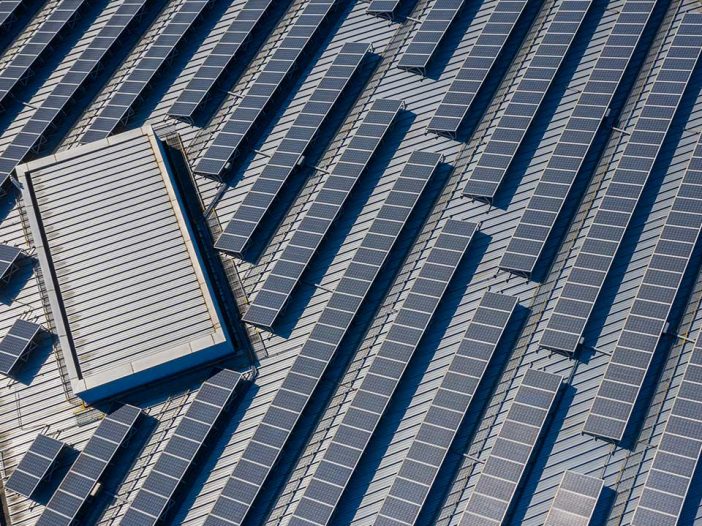
Ever wondered how Solar Panels work? How does that light get stored, converted, and even sent back and forth to the Utility company?
Here is a basic guide to help you understand how the sun on your roof turns into savings and free energy for you.
To make it simpler, each solar panel system has five different components
1) Solar Panels
These are sometimes known as solar modules and are made up of silicon cells that absorb photons (sunlight) to create a ‘photovoltaic’ effect. This is the process that converts sunlight into electricity. When the panels are connected together, they are called a ‘solar array’. This solar array is then connected to your home via an inverter, delivering the electricity you need.
2) Solar Inverter
A solar inverter is an electrical box that turns the direct current (DC) electricity that is produced by solar panels into alternating current (AC) electricity that is used in your home. When solar inverters are connected to the grid, this allows the AC electricity to be sent back to the grid if you solar panel system produces more energy than you use.
3) Solar Meter
A solar meter monitors the electricity your system produces to ensure it is working well. With most solar meters today, you will have access to assess your solar system’s performance, both online and from your mobile device.
4) The Grid
The ‘grid’ is basically the network of power lines that carries and transmits electricity from power plants to individual homes. A lot of systems today are grid-tied (ie. connected to the grid), so you are still able to power your house when the sun doesn’t shine, and take advantage of tax incentives and rebates.
5) Utility Service
Depending on where you live, either a local municipality or a large power producer will send power to you via the grid. At the end of the year, if you’ve produced more energy than you used, some utility services may compensate you for this extra power. To find out if this is an option where you live, contact your local utility service provider or visit their website.
Of course, as a solar-enabled home, it is unlikely that you will need to be dealing with any of these components, except to engage a solar panel installer. They will set up and connect your home, and arrange all the paperwork for you to connect to the grid.


Leave a Reply